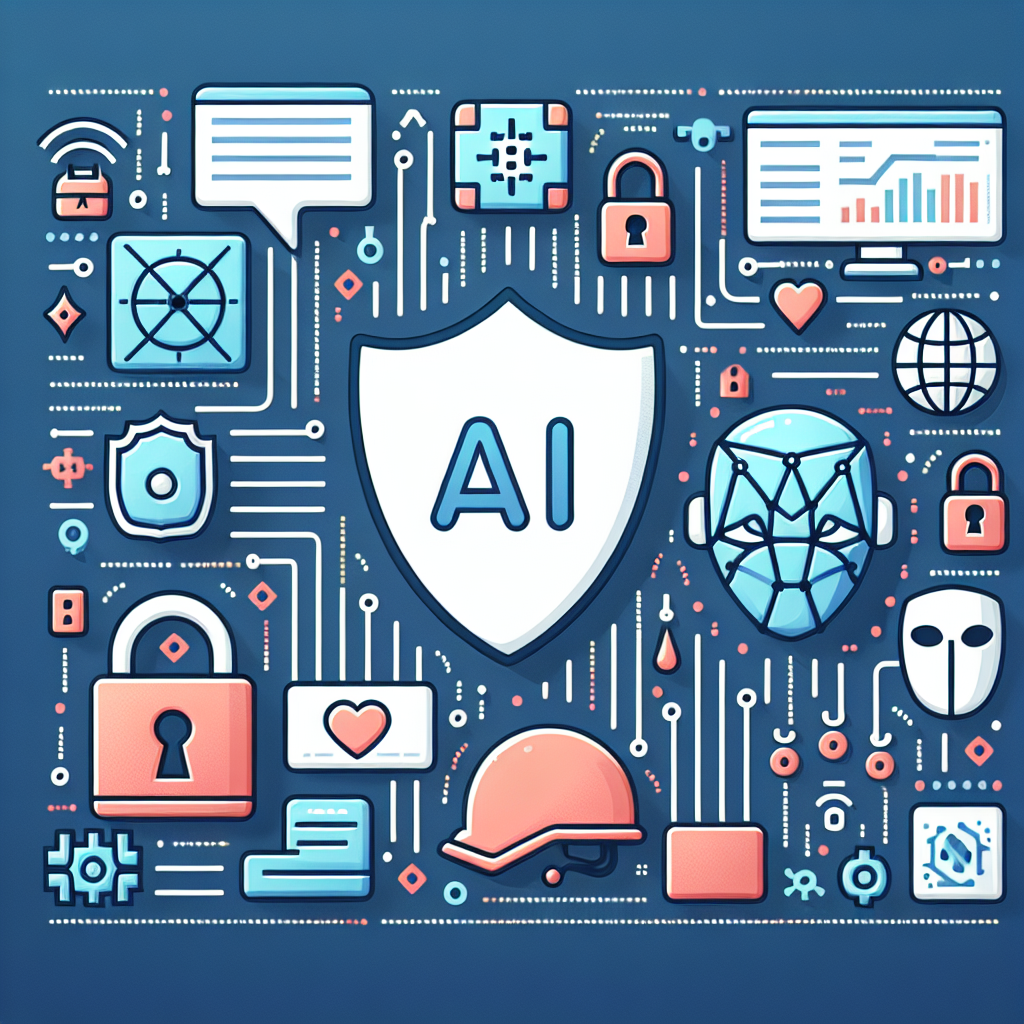In recent years, the use of artificial intelligence (AI) software has become increasingly prevalent in various industries, including public safety. From predicting crime hotspots to analyzing surveillance footage, AI software is revolutionizing the way law enforcement agencies operate and enhancing public safety in the process. In this article, we will explore how AI software is being used to improve public safety and address some frequently asked questions about this emerging technology.
How AI Software is Enhancing Public Safety
1. Predictive Policing: One of the key ways AI software is enhancing public safety is through predictive policing. By analyzing vast amounts of data, such as crime reports, demographics, and weather patterns, AI algorithms can predict where crimes are likely to occur. This allows law enforcement agencies to allocate resources more efficiently and proactively address potential threats.
2. Video Surveillance: AI-powered video surveillance systems are capable of analyzing live footage in real-time to detect suspicious behavior, identify individuals, and alert authorities to potential security threats. This technology is particularly valuable in crowded public spaces, such as airports and train stations, where human monitoring alone may be insufficient.
3. Emergency Response: AI software is also being used to improve emergency response times by automatically dispatching the nearest available units in the event of a crisis. By integrating AI algorithms with dispatch systems, emergency services can respond faster to incidents and save lives in the process.
4. Traffic Management: AI software is helping to improve road safety by optimizing traffic flow, detecting accidents, and predicting congestion. By analyzing real-time data from sensors and cameras, AI algorithms can suggest alternative routes to drivers and help reduce traffic accidents and fatalities.
5. Crime Analysis: AI software is revolutionizing the way law enforcement agencies analyze crime data. By automating the process of identifying patterns and trends in criminal activity, AI algorithms can help investigators solve cases faster and prevent future crimes from occurring.
Frequently Asked Questions about AI Software in Public Safety
Q: Is AI software in public safety ethical?
A: While AI software has the potential to enhance public safety, there are ethical considerations that must be taken into account. For example, bias in algorithms can lead to discriminatory outcomes, such as targeting certain populations more than others. It is essential for law enforcement agencies to ensure that AI systems are trained on unbiased data and regularly monitored for fairness and transparency.
Q: How secure is AI software in public safety?
A: Security is a critical concern when it comes to AI software in public safety. As these systems collect and analyze sensitive data, such as surveillance footage and criminal records, it is essential to implement robust security measures to protect against cyber threats and unauthorized access. Encryption, authentication, and regular security audits are some of the best practices to safeguard AI software in public safety.
Q: Can AI software replace human judgment in public safety?
A: While AI software can augment human judgment and enhance decision-making in public safety, it is not meant to replace human intervention entirely. Human oversight is crucial to ensure that AI algorithms are making accurate predictions and acting ethically. Law enforcement agencies should use AI software as a tool to support and assist human operators, rather than as a substitute for human intelligence.
Q: What are the limitations of AI software in public safety?
A: Like any technology, AI software has its limitations in public safety. For example, AI algorithms may not always be accurate in predicting criminal behavior or identifying suspects. Additionally, the reliance on AI systems can lead to complacency among human operators, who may overlook critical information or fail to act on alerts. It is essential for law enforcement agencies to be aware of these limitations and use AI software judiciously in conjunction with human expertise.
In conclusion, AI software is playing a crucial role in enhancing public safety by predicting crimes, analyzing surveillance footage, improving emergency response, managing traffic, and analyzing crime data. While this technology has the potential to revolutionize law enforcement operations, it is essential for agencies to address ethical, security, and operational considerations to maximize the benefits of AI software in public safety. By leveraging the power of AI algorithms alongside human intelligence, law enforcement agencies can create safer communities and protect the public more effectively.

